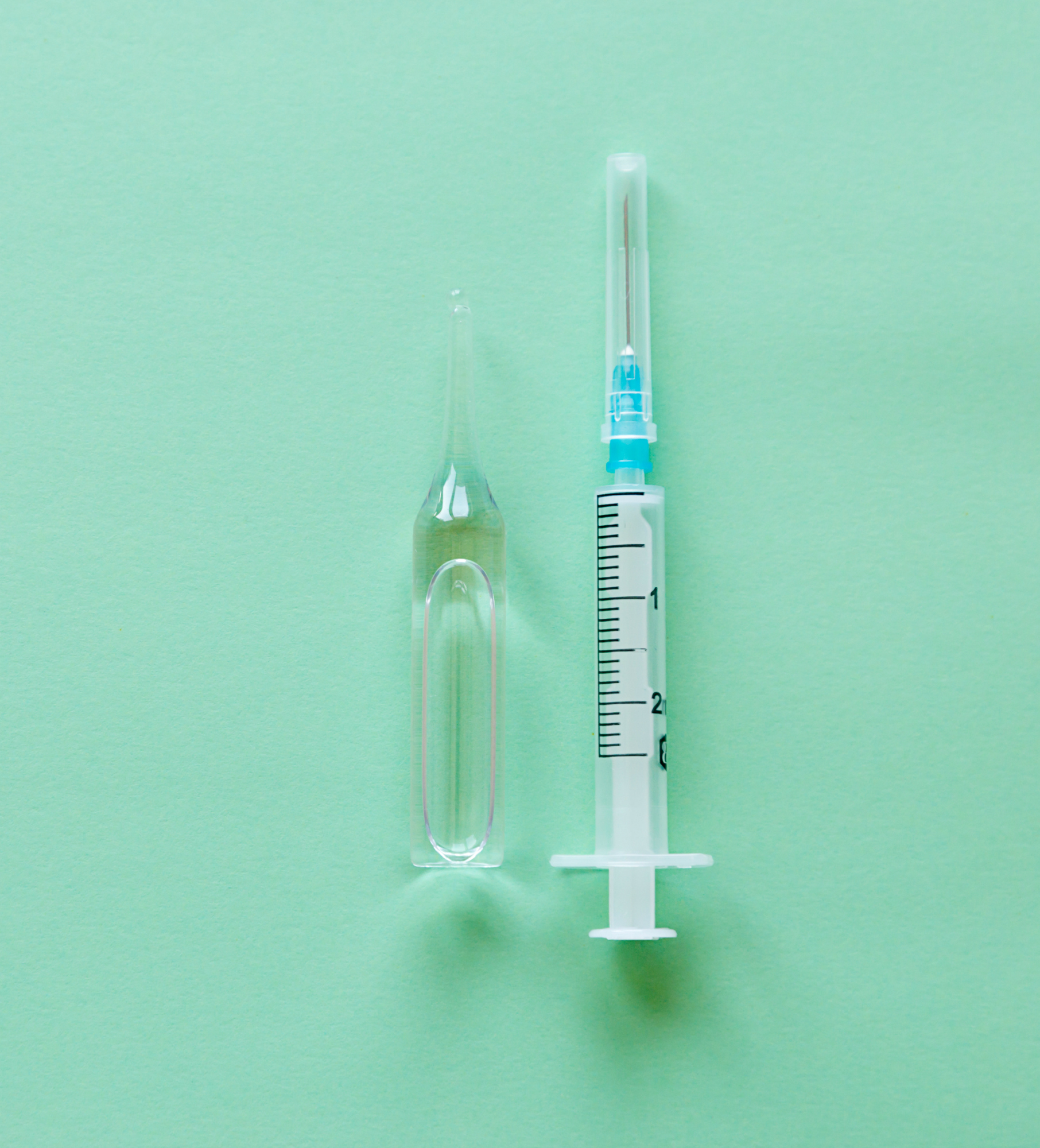
It's Still Stigmatized

World AIDS Day, Dec. 1, is approaching, and we are once again reminded of the disease that has taken millions of lives, burdened economies in the billions of dollars and, despite advances in treatment, confounded health researchers. On the 30th anniversary of this day of AIDS awareness, it's important that we keep talking about the disease, even though in the U.S. it's no longer the headline-making health crisis it once was.
Because AIDS and HIV are still stigmatized, here and in many parts of the world, those who may have been exposed often fear discrimination, which prevents them from accessing HIV services.
Workplace Discrimination

Discrimination in the workplace is another way those infected with HIV/AIDS suffer in terms of access to health care and also financially. Worldwide, 1 in 8 people with HIV is denied access to health care. In the U.S., discrimination based on infection status is prohibited, though the Equal Employment Opportunity Commission filed two cases related to HIV-status discrimination as recently as 2016.
Lack of Information

In the U.S., sex education is a requirement in only 24 states. Of those, only 21 require their curriculum include information about HIV/AIDS and its prevention.
Women Are Vulnerable

In the U.S., the rates of infected women decreased between 2010 and 2015. However, worldwide, women remain incredibly vulnerable to HIV infection. They account for more than half of those living with the infection globally due to attitudes about premarital sex and unequal cultural, social and economic status, all of which are barriers to health protections, such as condoms and testing.
Many Unknown Infections

Not all of the estimated 1.1 million people in the U.S. who are living with HIV know they have the virus. One in 7 is living with the potentially deadly virus and has not yet been diagnosed.
New Infections Every Day

HIV Infection rates increased in the U.S. between 2012 and 2016 in those aged 25–29 years old, according to the Centers for Disease Control and Prevention's 2017 HIV Surveillance Report. Worldwide, 1.8 million people became newly infected in 2017, the Joint United Nations Program on HIV and AIDS reported.
Rates for Gay Men Steady

Though infection rates are decreasing, gay and bisexual men's rates are not. They're also not increasing, but they bear the most burden. Of the 38,500 newly infected in the U.S. in 2015, gay or men who had sex with other men made up a vast majority of them—26,200.
Kills Globally

HIV/AIDS continues to kill. In 2017, an estimated 940,000 people around the world died from the disease, which has killed more than 35 million people since it became a global health crisis.
Still No Vaccine

Though researchers are testing a potentially viable HIV vaccine, it's still in the trial phase. Prevention, protection, treatment, education and awareness are still lifesaving and necessary for national and global health.
Treatment Is Serious and Expensive

Mercifully, medical researchers developed effective pharmaceutical protocols to prolong the lives of those living with HIV/AIDS. However, these treatments are serious, have serious side-effects and are very expensive. Talking about HIV/AIDS, prioritizing awareness, education and prevention as we wait for a cure, is key to managing this global health matter.




